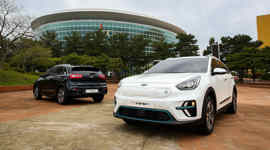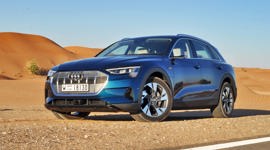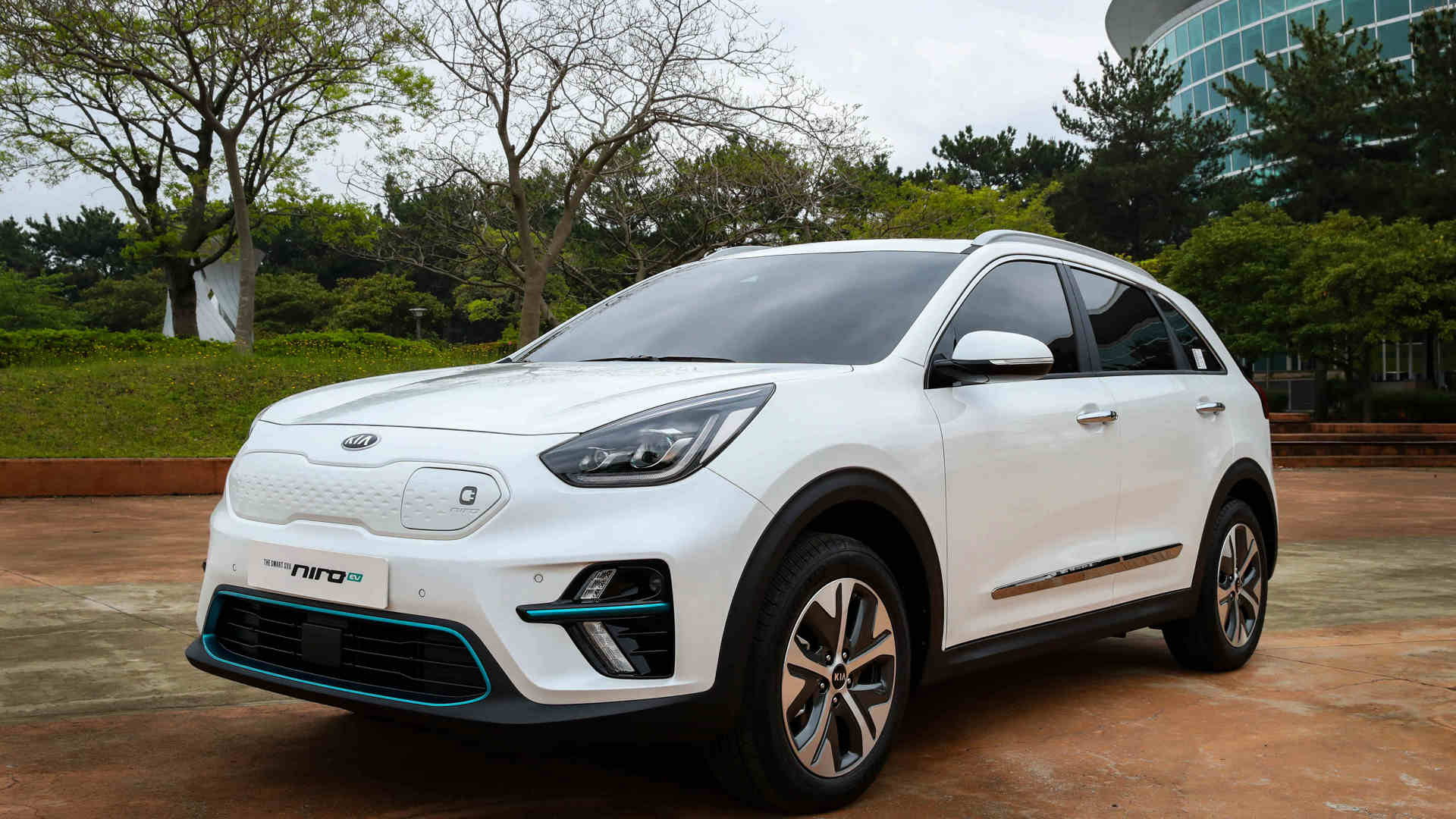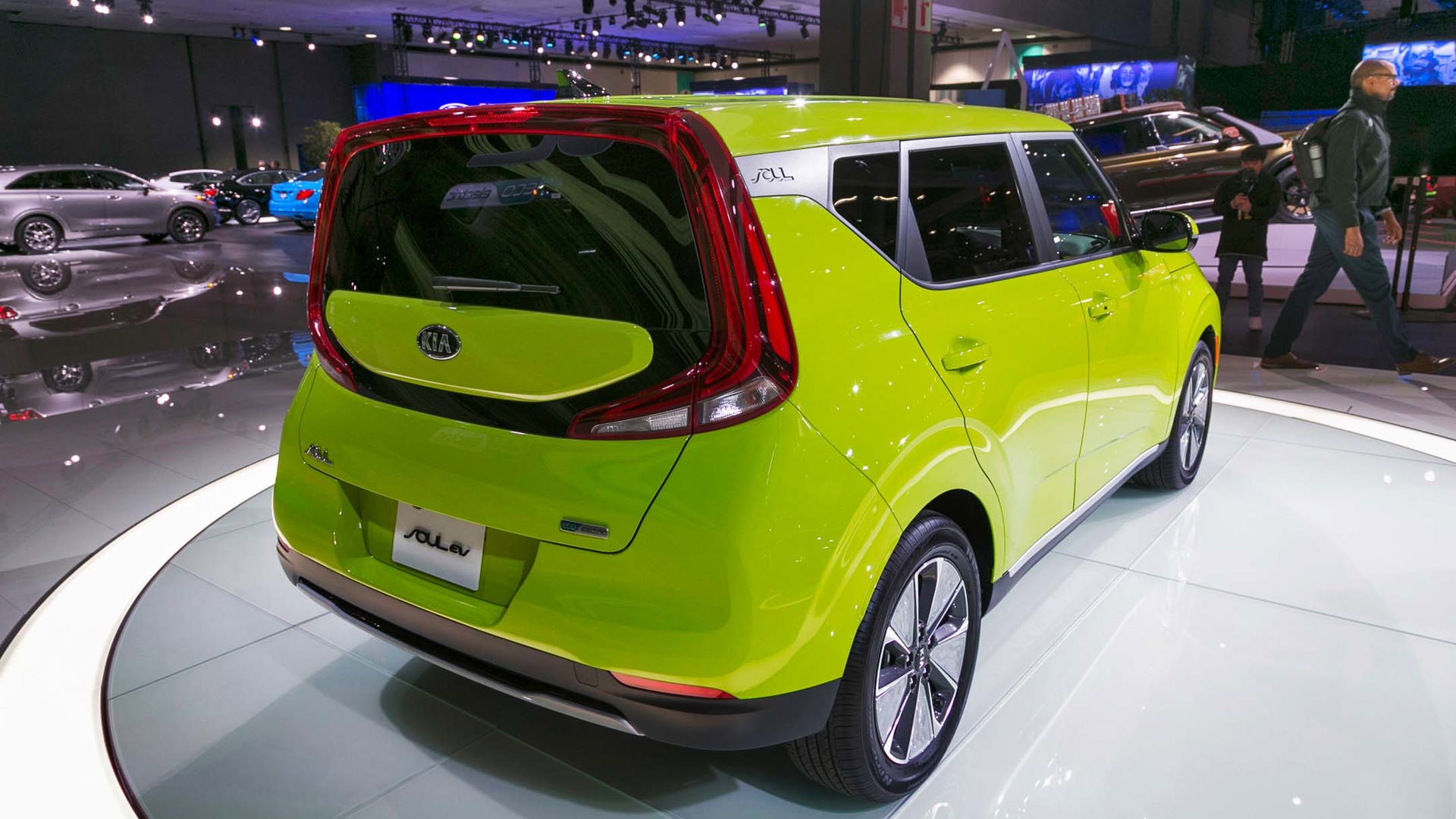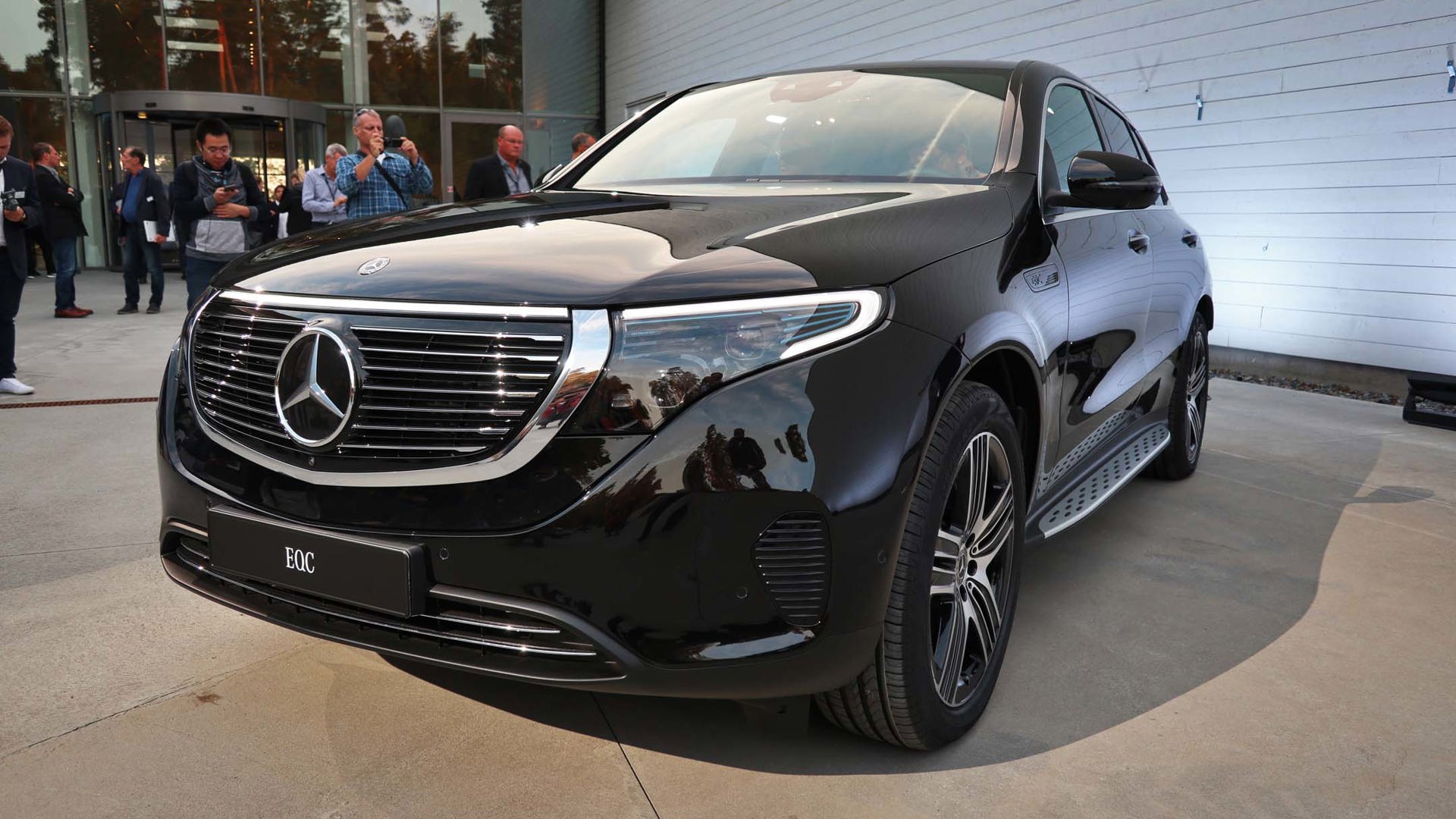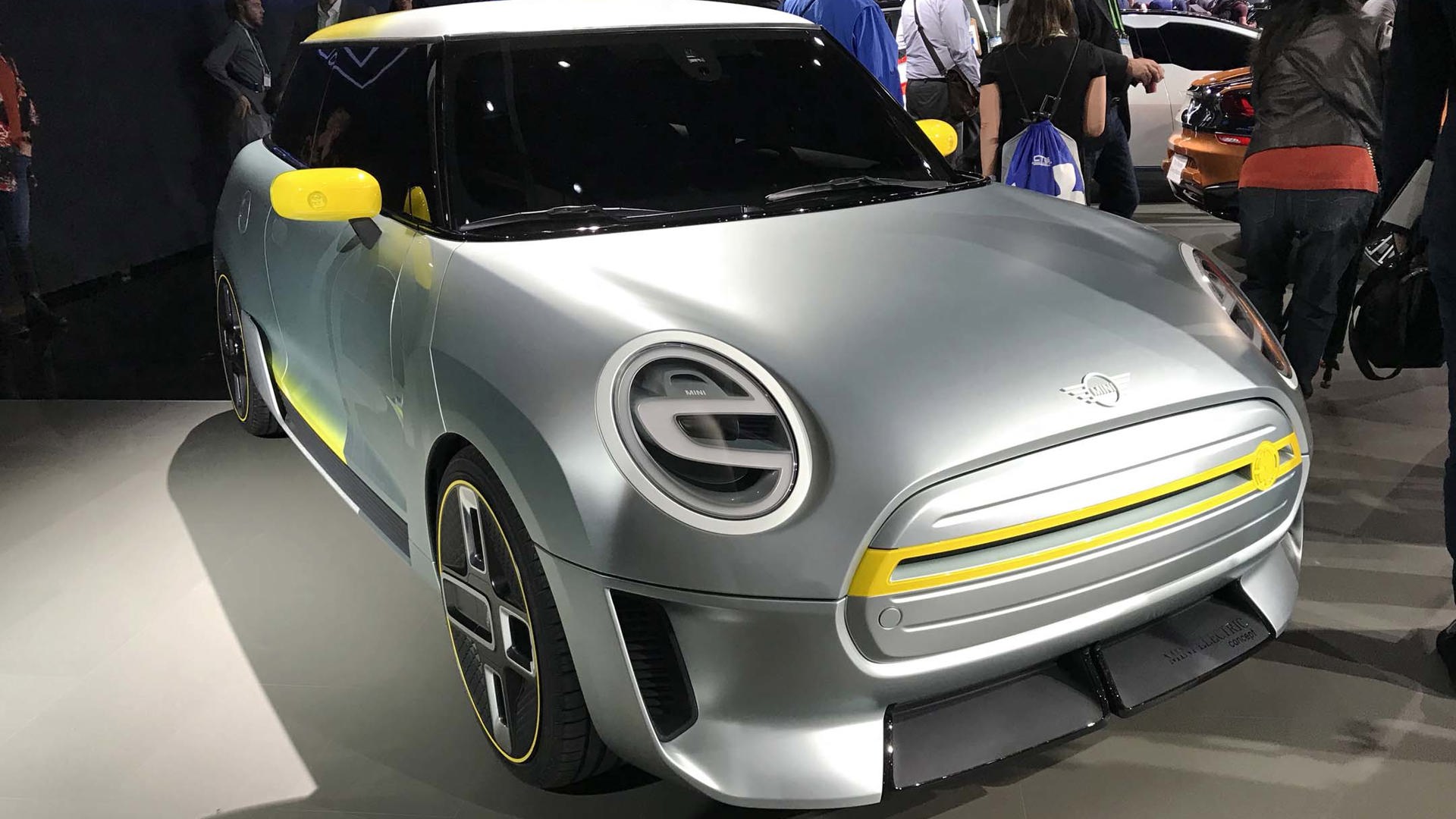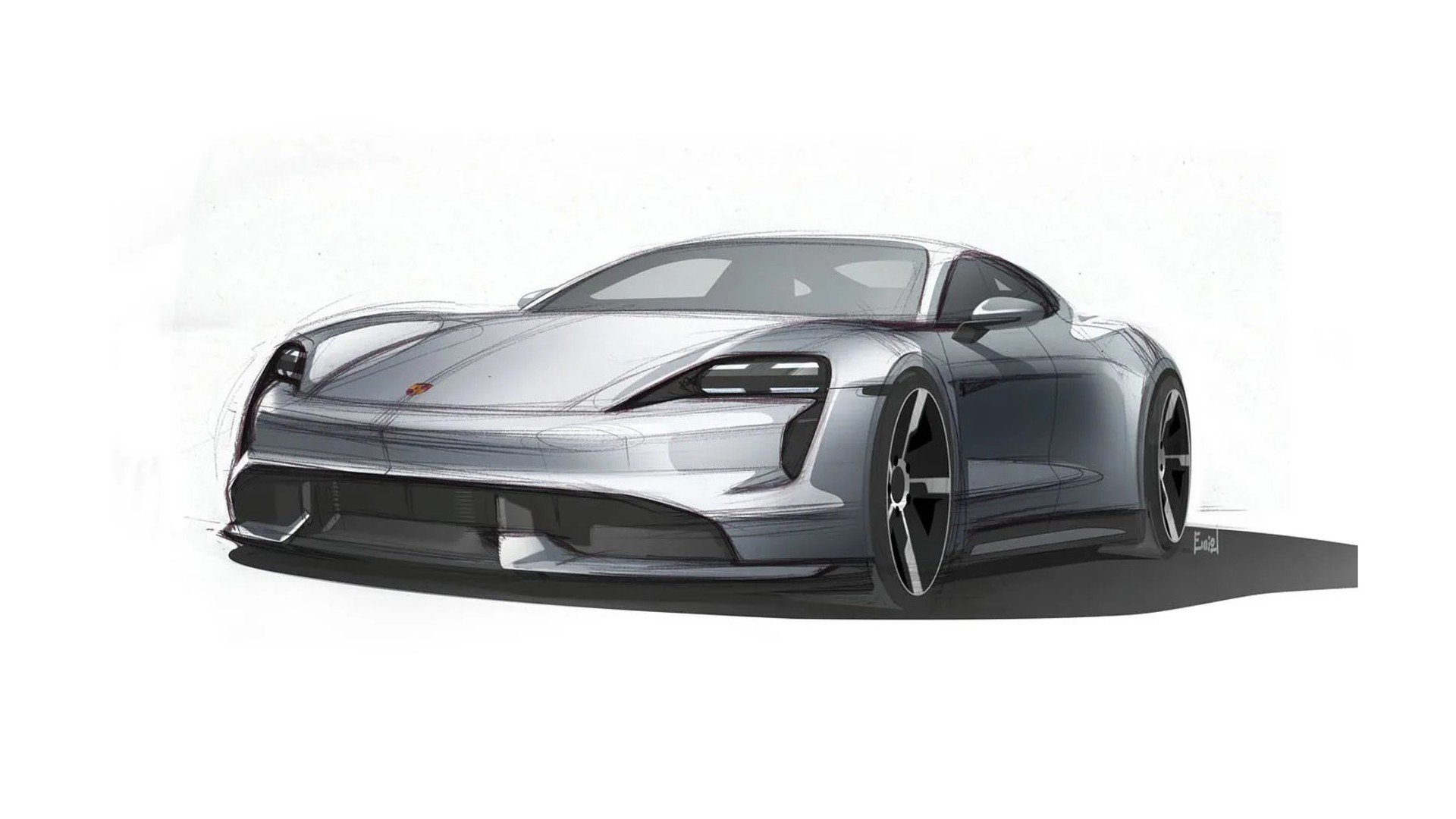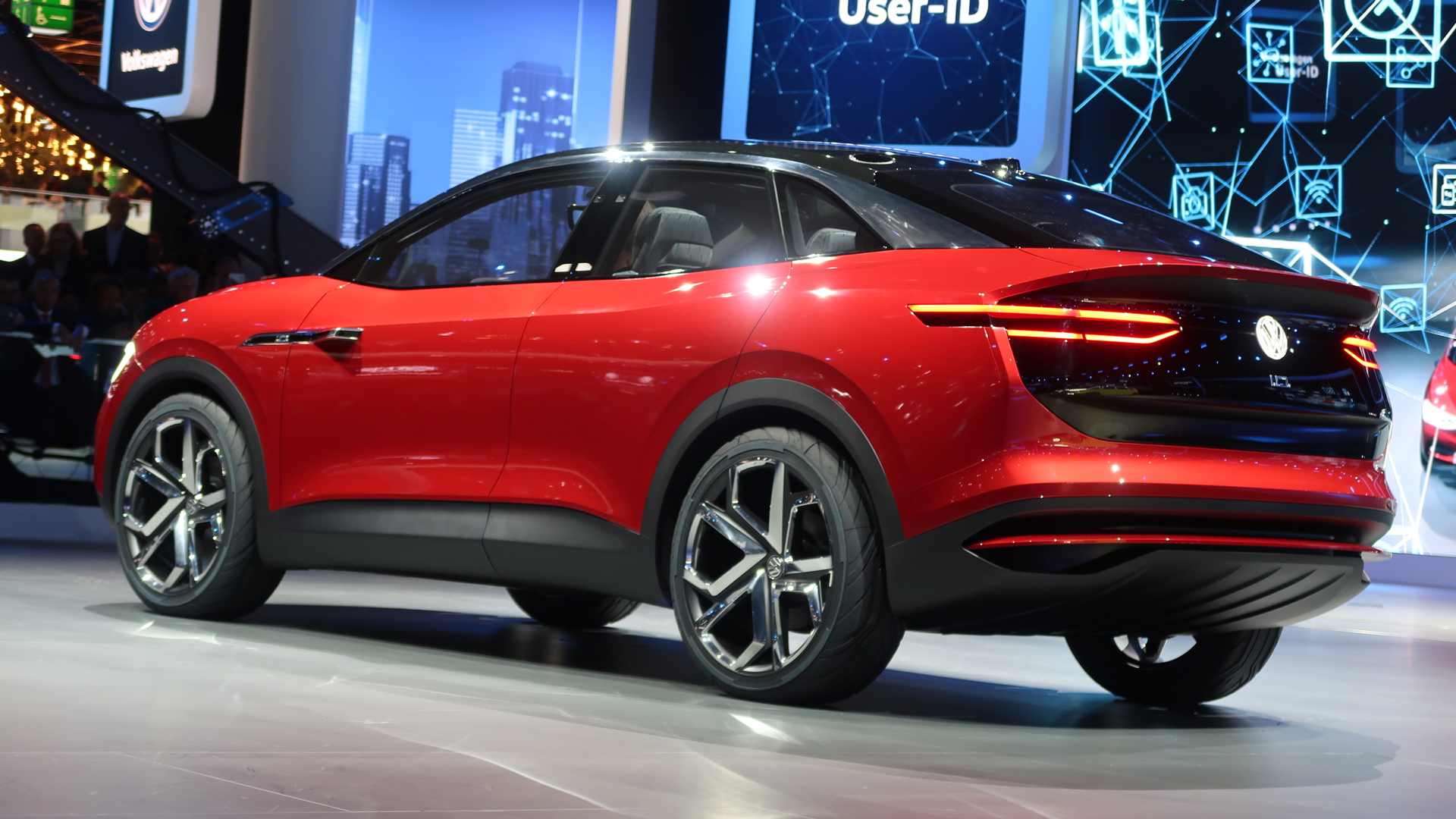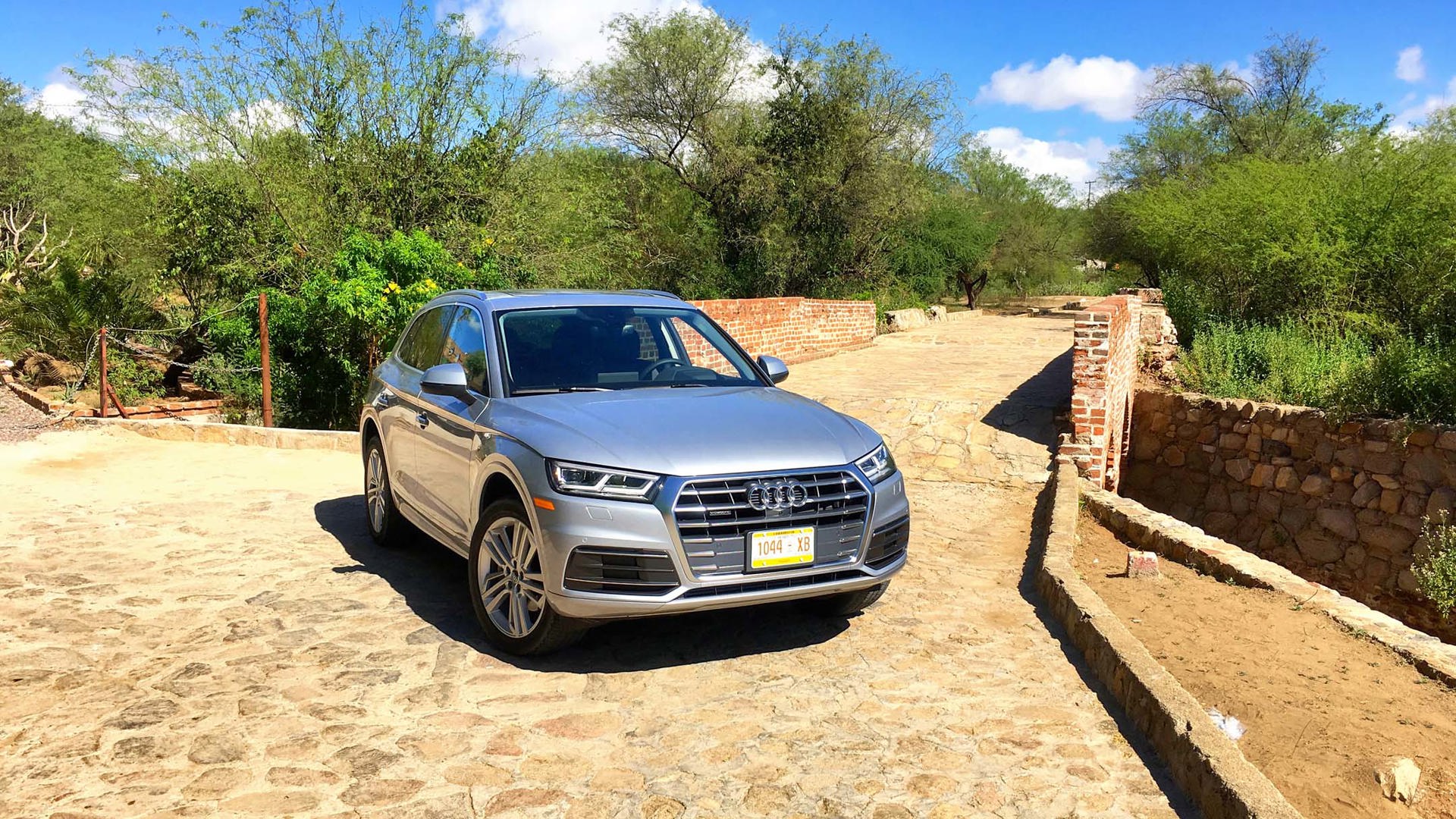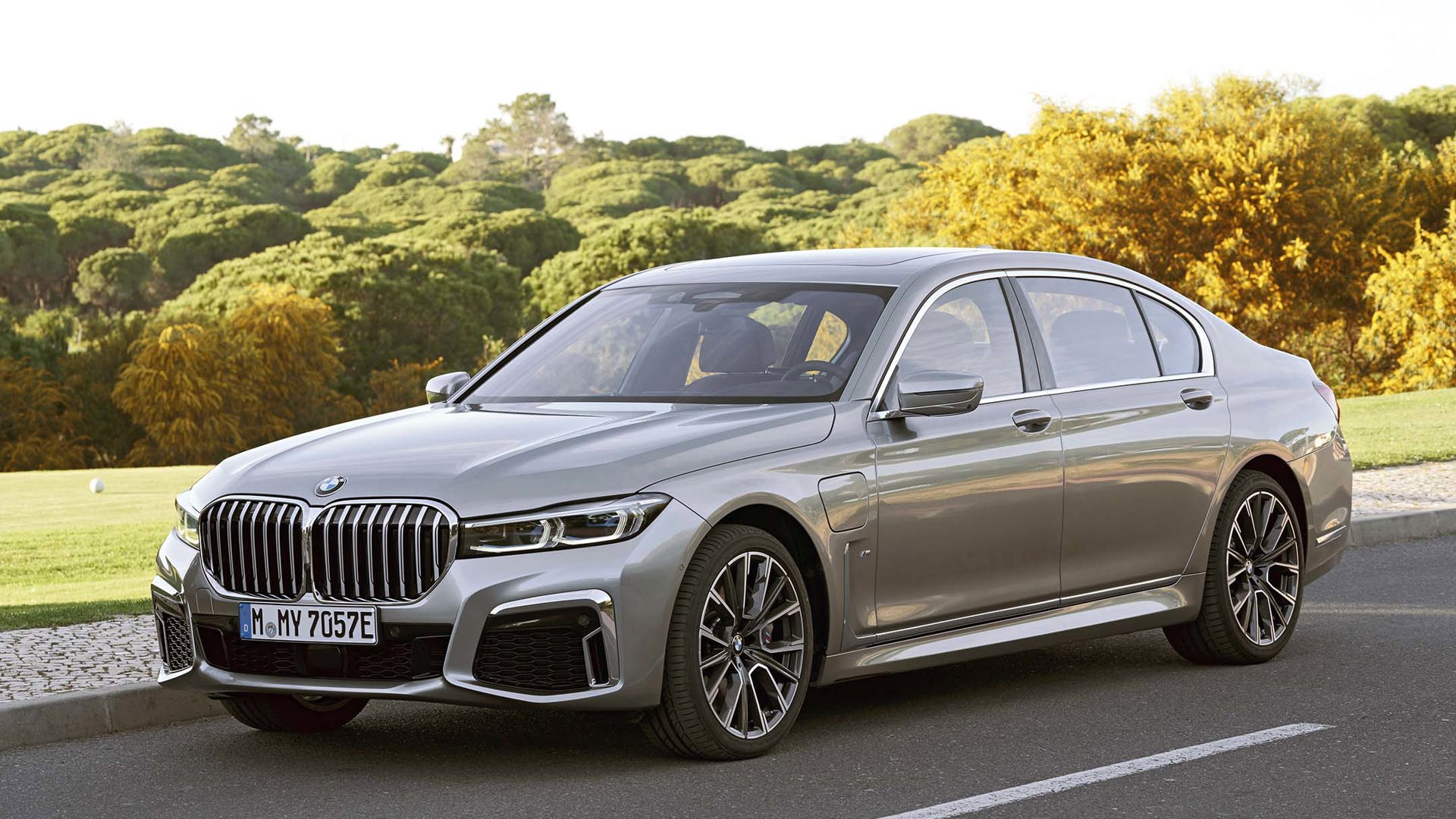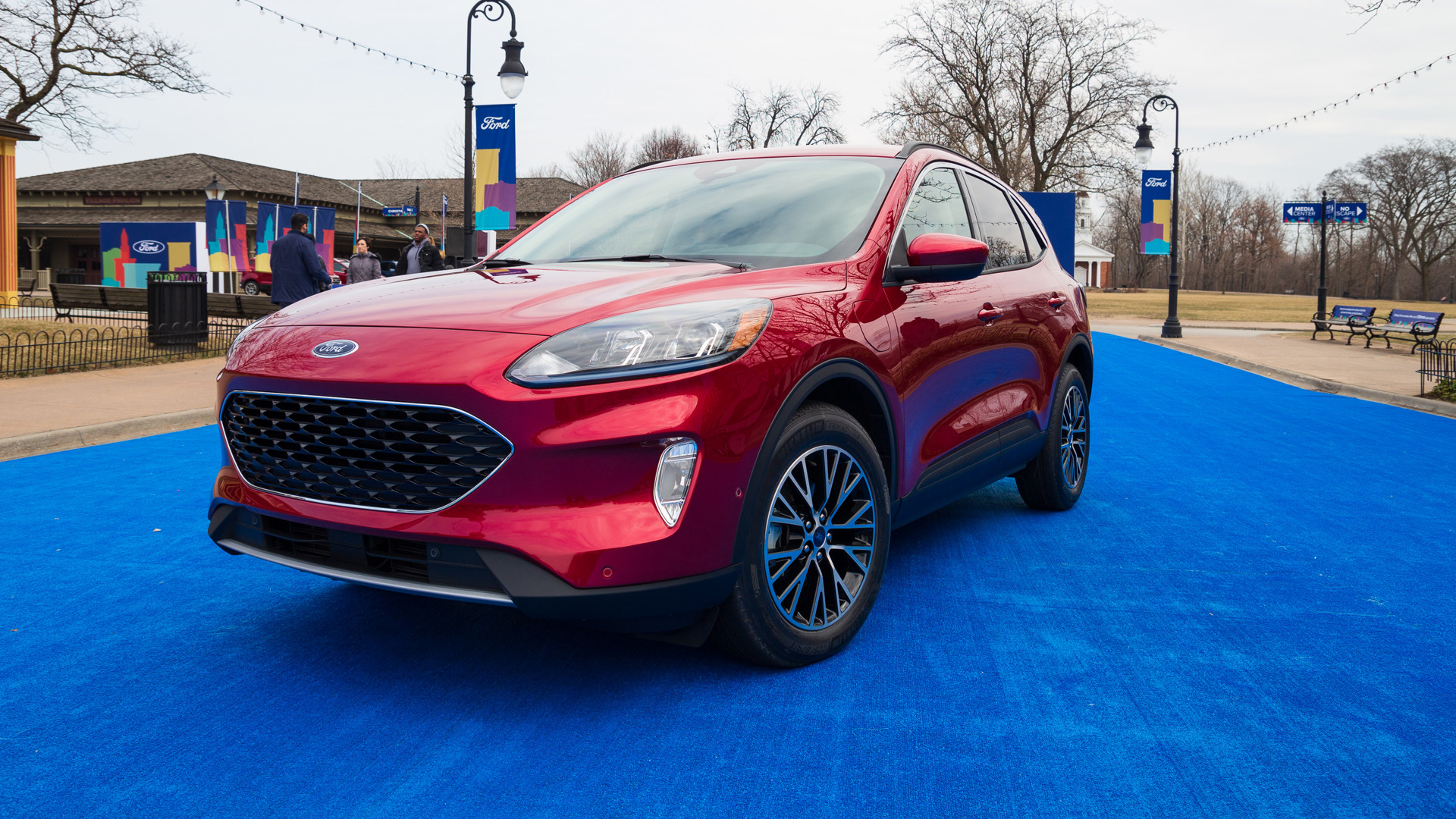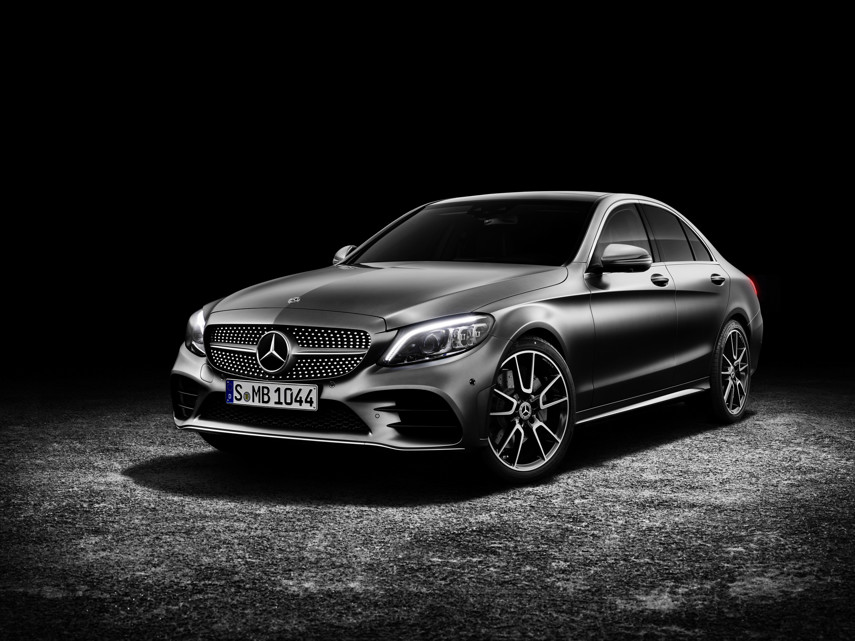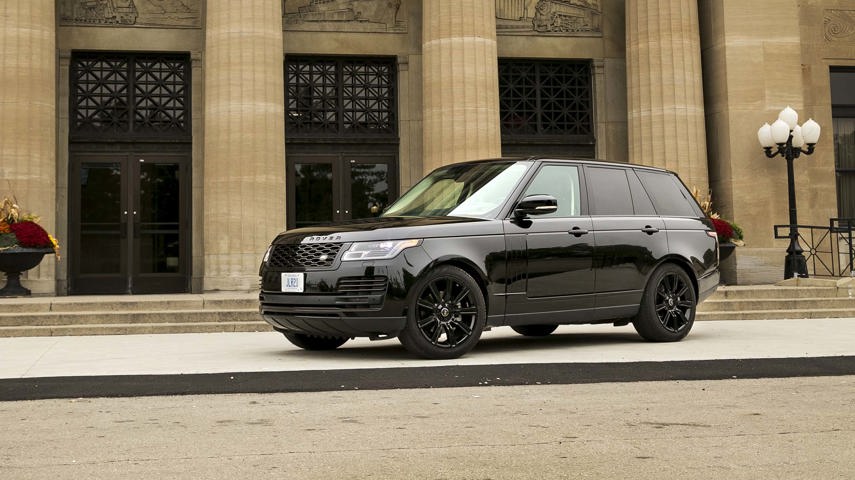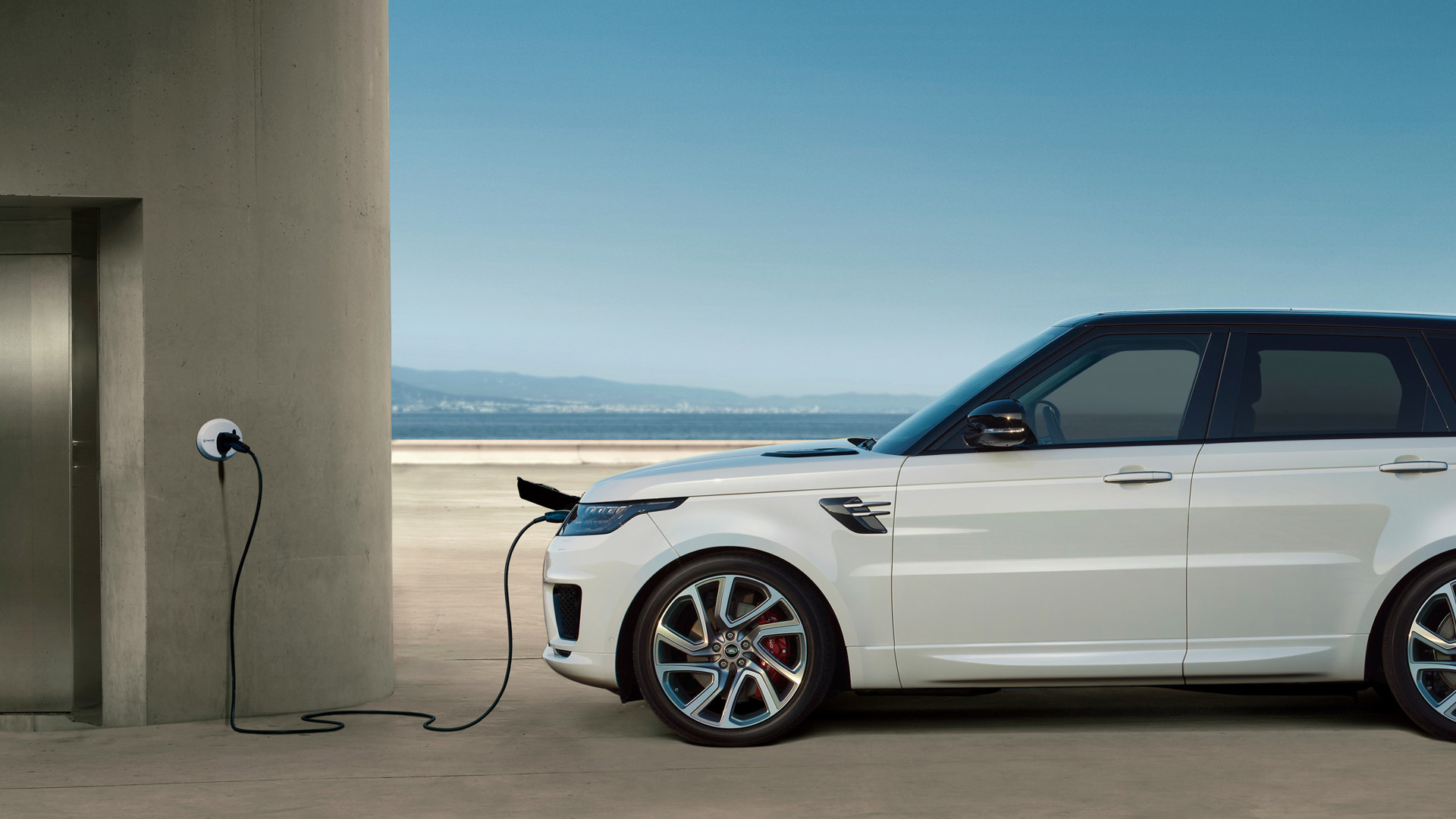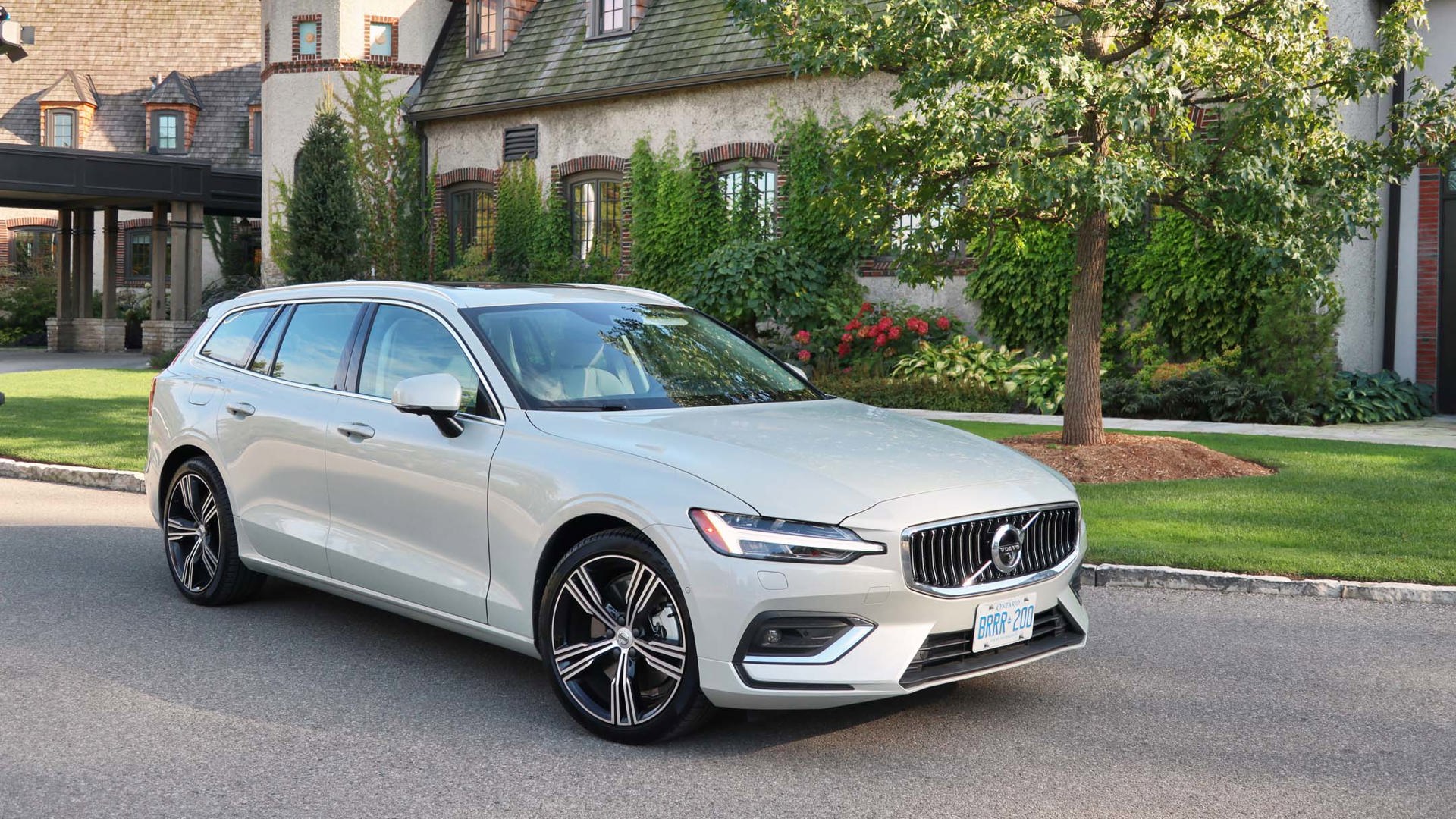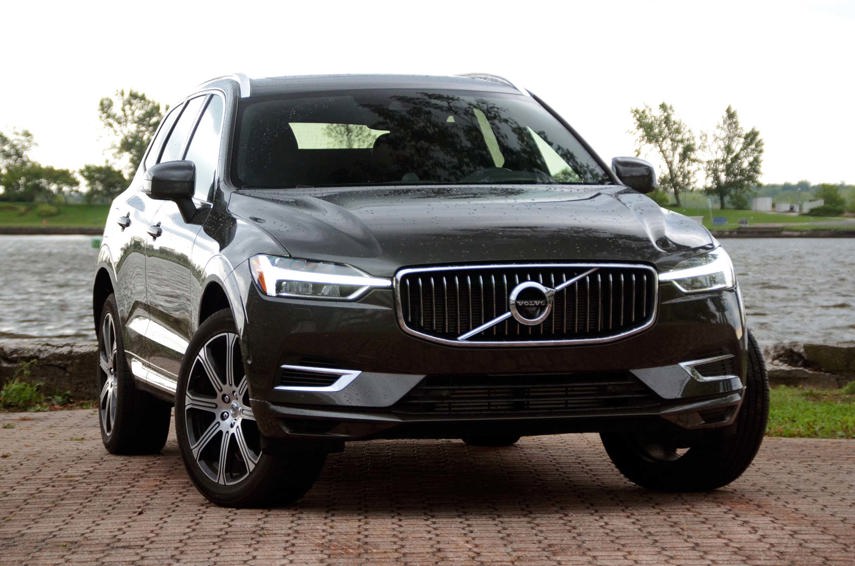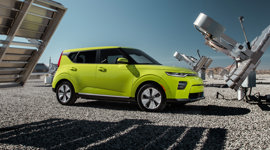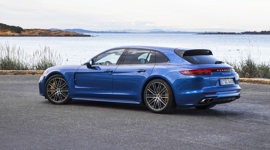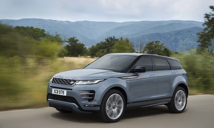What started as a trickle a few years ago is turning into a tidal wave as dozens of new electric (BEV) and plug-in hybrid vehicles (PHEV) will be introduced by major automakers over the next few years. A 2018 JP Morgan Research report predicts BEVs and PHEVs will account for 12 percent of all vehicles sold in the world by 2025, rising to 20 percent by 2030. If you include non-plug-in hybrids, the worldwide share of electrified vehicles is expected to rise to 32 percent in 2025 and 59 percent in 2030.
Surprisingly, automakers don’t seem to be worried by the current low market penetration of electric vehicles, unpredictable government EV subsidies, a lack of developed public and private charging infrastructure, or the relatively high cost, long charging times, and shorter driving range of current batteries. There’s a sizeable corporate bet that better, cheaper batteries with a longer range and a more extensive charging infrastructure will be in place soon enough to encourage internal combustion engine (ICE) owners to ditch their noisy, gas-guzzling, polluting, climate-changing vehicles for cleaner, quieter electric vehicles. At least, that’s the plan.
The introduction of more electric SUVs and crossovers this year will certainly attract more EV customers: while the first fully electric vehicles (BEVs) were mostly passenger cars, automakers have acknowledged the market demand for roomier and more versatile sport-utility vehicles and crossovers with both fully electric and plug-in hybrid powertrains.
BEV sport-utility vehicles and crossovers expected to make their appearance this year and early next year include the restyled Kia Soul EV and Kia Niro EV, equipped with larger and more powerful batteries; Audi’s first fully electric SUV, the mid-size e-tron; Volkswagen’s compact ID Crozz crossover; and Mercedes-Benz’ EQC 400 SUV.
Not to be forgotten is the possible introduction of the long-awaited Mini Electric this year and Porsche’s fully electric Taycan sport sedan and Taycan Cross Turismo crossover. Those two should really rattle Tesla’s tree.
Under the PHEV heading, we’ll soon see a new Audi Q5 TFSI e, BMW 745Le xDrive PHEV, Ford Escape Plug-in Hybrid (as well as an Escape Hybrid), Mercedes-Benz C350e and E350e, Range Rover and Range Rover Sport PHEVs, Subaru Crosstrek PHEV, and Volvo XC60 T8 and Volvo V60 T8 plug-in hybrids.
Here’s a brief overview of what’s coming up in the near future:
Fully Electric Vehicles (BEV)
2019 Audi e-tron
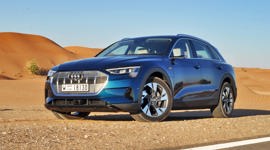
Audi’s first mid-size all-electric luxury SUV should be first to market this year and give Tesla some competition in the premium SUV category. It offers a maximum driving range of 417 kilometres courtesy of a 95 kWh lithium-ion battery. An onboard 150 kW charger can charge the battery to 80 percent capacity in about 30 minutes with a DC fast charger, or to a full charge in about eight and a half hours with a Level 2 220–240-volt charger. The e-tron features all-wheel drive and an air suspension and can reach 100 km/h from a standing start in just 5.7 seconds, according to the company. It will be priced in the $90,000 to $98,000 price range.
2019 Kia Niro EV
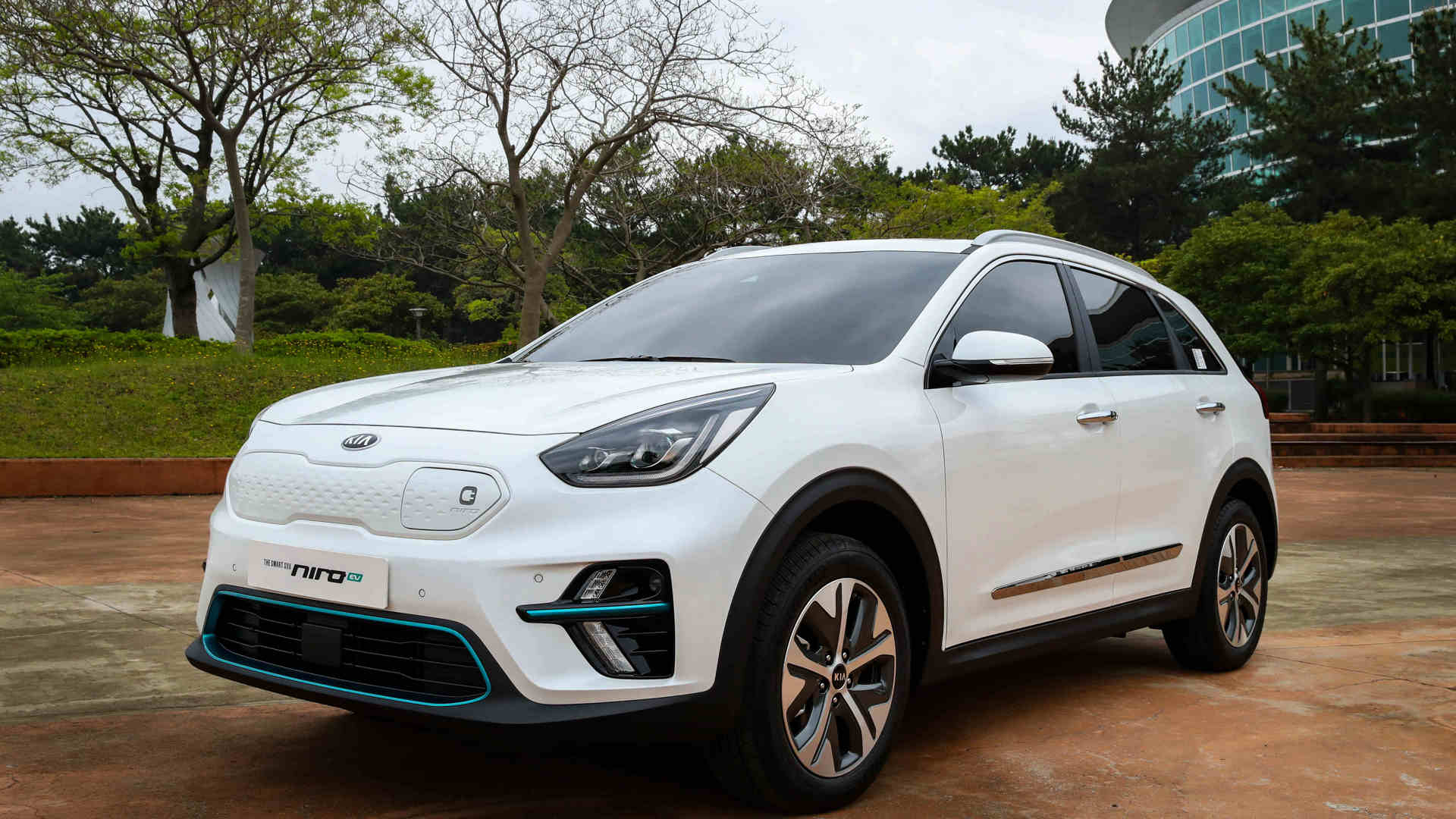
Joining the Niro hybrid and Niro Plug-in Hybrid in Kia’s lineup is the new fully electric Niro EV. Under the Niro’s cabin floor is a 64 kWh lithium-ion battery pack that can be charged in 9.5 hours with a Level 2 charger or in 30 minutes up to 80 percent capacity with a CCS DC fast charger. Maximum driving range is a respectable 385 km. The Niro EV features four drive modes – Normal, Sport, Eco, and Eco+ – and regenerative braking control via paddle “shifters”. The Niro EV arrives in Canadian dealers in the May/June timeframe. Pricing TBA.
2020 Kia Soul EV
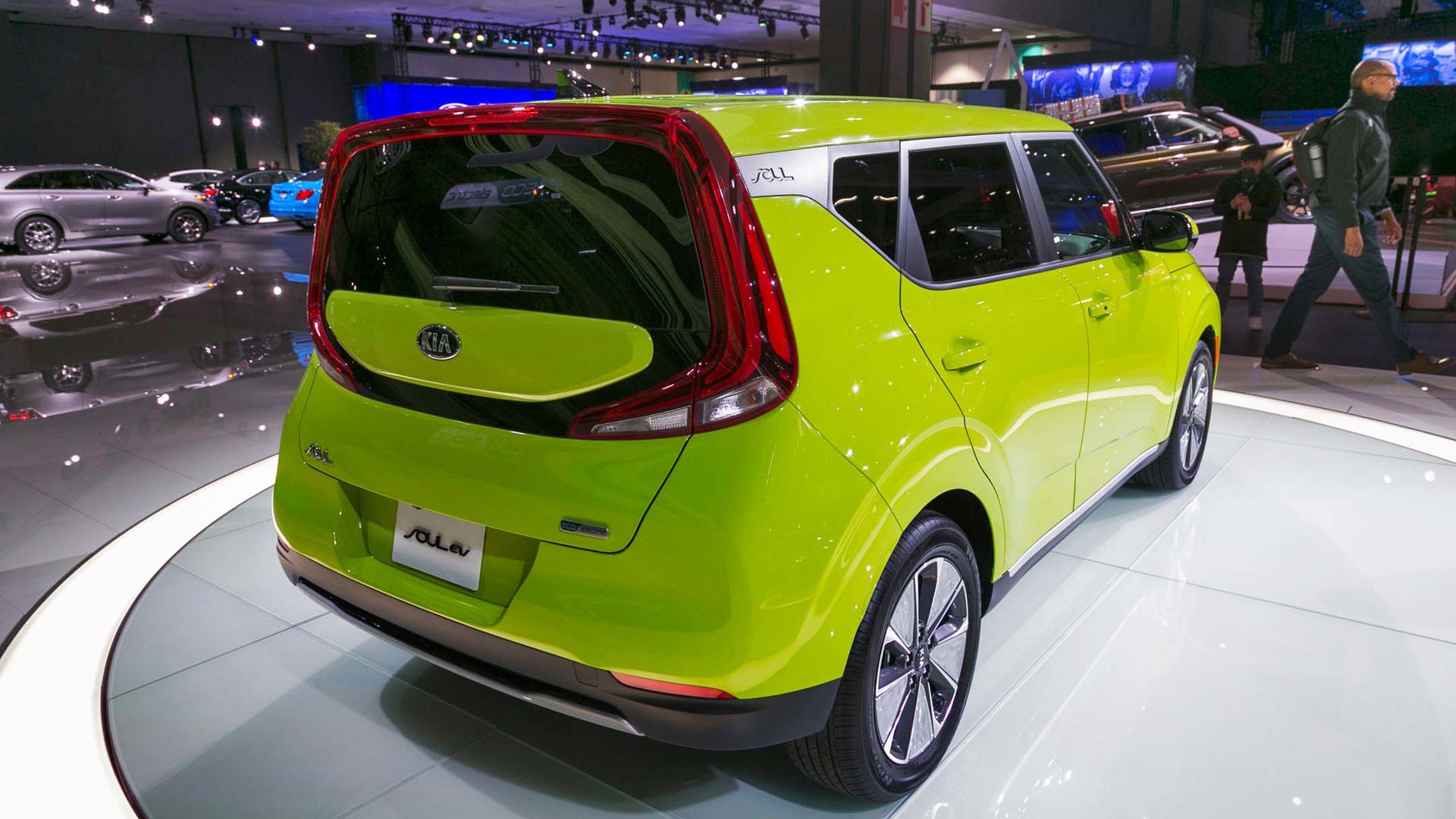
Arriving in June/July of this year, the 2020 Soul EV offers a more powerful 64 kWh battery that increases driving range to 385 km from the current 179 km. A more powerful battery means a longer recharging time from empty but it also means owners don’t have to charge as often. For a quicker charge, the 2020 Soul EV offers DC fast-charging capability as well as Level 2. More power also means better acceleration and performance from this compact crossover, but there will be a price premium for that bigger battery, probably in the neighbourhood of $7,000–$10,000.
2020 Mercedes-Benz EQC 400
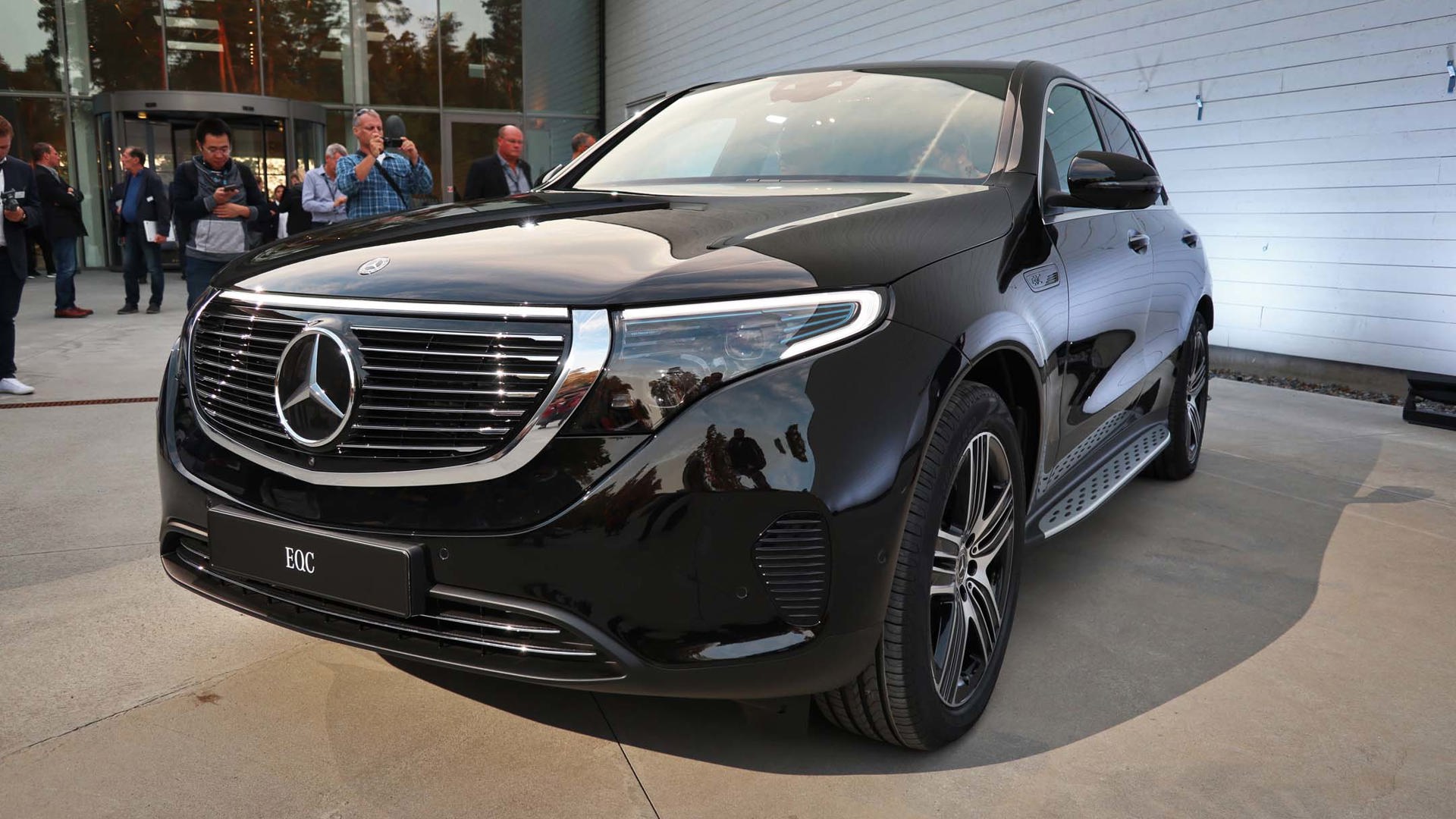
Expected to go on sale early in 2020, the all-electric Mercedes-Benz EQC 400 SUV has an 80 kWh lithium-ion battery and two electric motors, one at each axle to provide all-wheel drive. With 402 hp and 564 lb-ft of torque, the powerful EQC has a reported 0–100 km/h time of just 5.1 seconds. A little bigger than the Mercedes-Benz GLC, the EQC is estimated to be priced around $90,000.
2020 Mini Electric
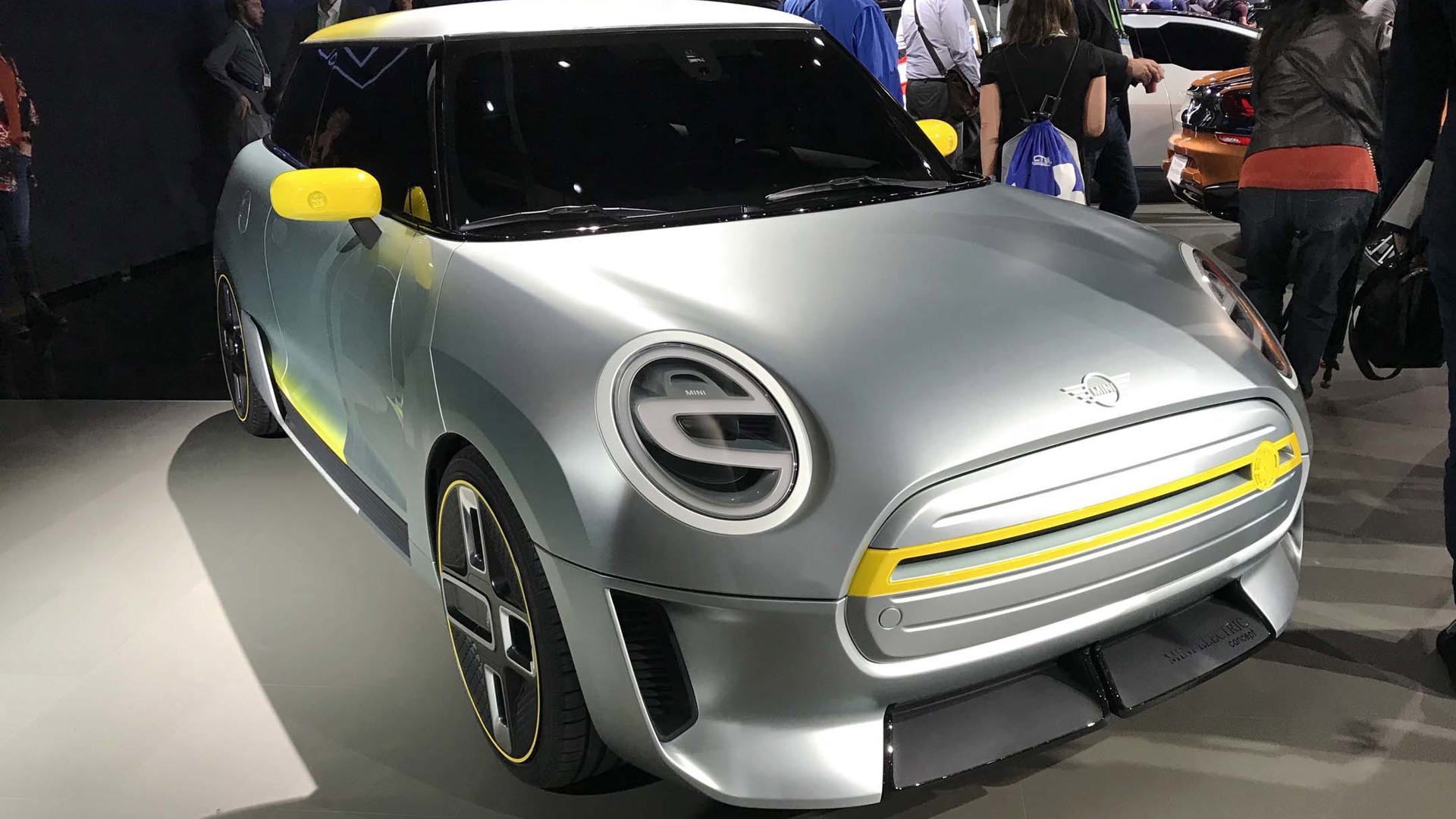
When the Mini Electric concept car was shown at the Toronto auto show in February 2018, it was announced that it would be “on the road” in 2019. All we know right now is that it will be a 2020 model year introduction. It’s been a long gestation period for the Mini Electric: ten years ago, BMW put 600 Mini Es on the road for testing and much of that development knowledge went into the BMW i3 and the current Mini Cooper S E Countryman plug-in hybrid. Hopefully, the fully electric Mini Electric will finally make its debut this year.
2020 Porsche Taycan, Taycan Cross Turismo
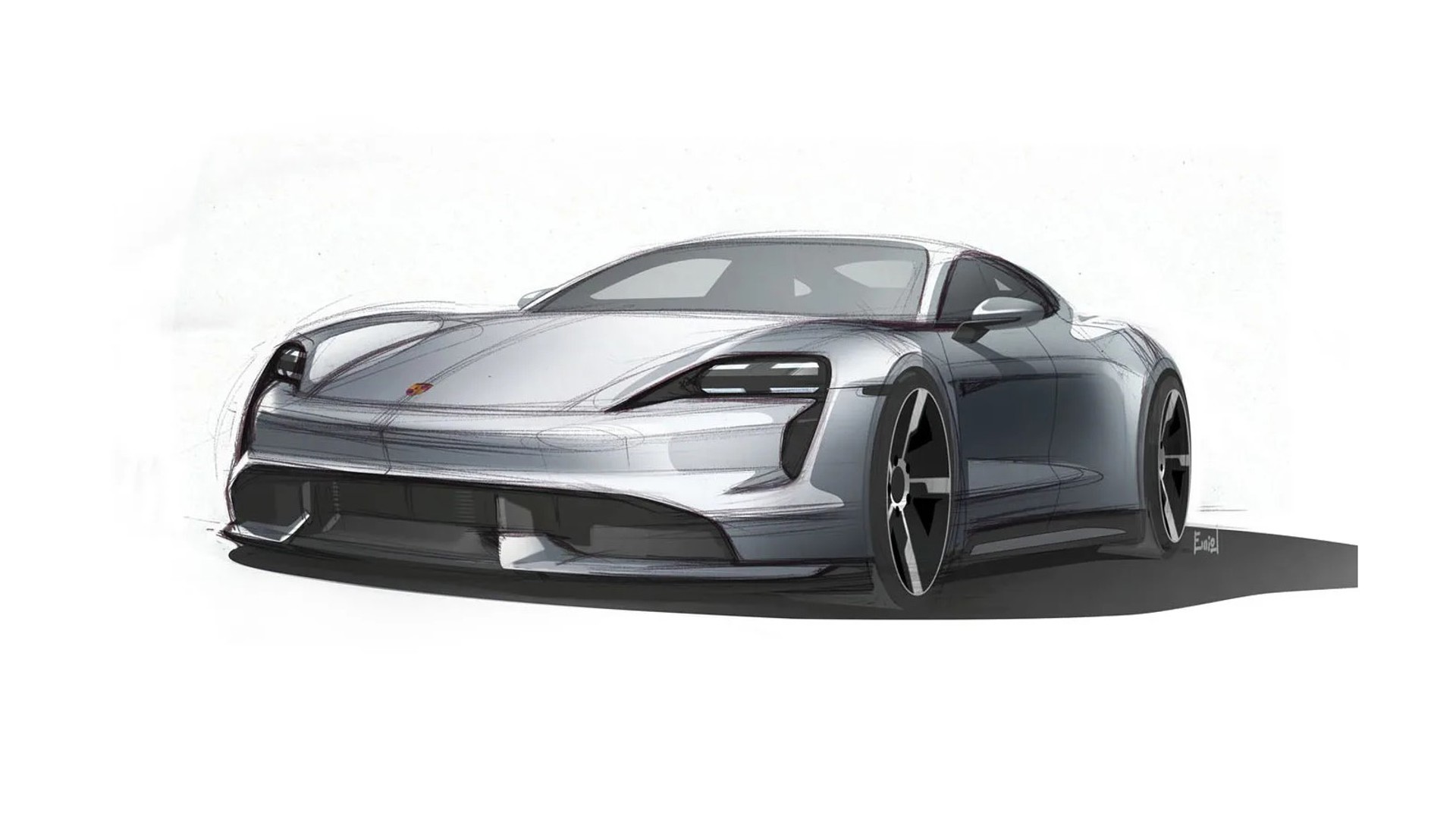
Towards the end of 2019, Porsche will launch its long-awaited fully-electric Taycan four-door performance sedan (formerly Mission E) and Taycan Cross Turismo luxury crossover. The introduction date in Canada is yet to be announced. With its super powerful lithium-ion battery and up to 350 kW charging capacity, the Taycan can offer 100 km of range by charging it for just four minutes and has a total driving range of more than 500 km. Porsche says it can accelerate from 0 to 100 km/h in just 3.5 seconds. Price to be announced.
2020 Volkswagen I.D. Crozz
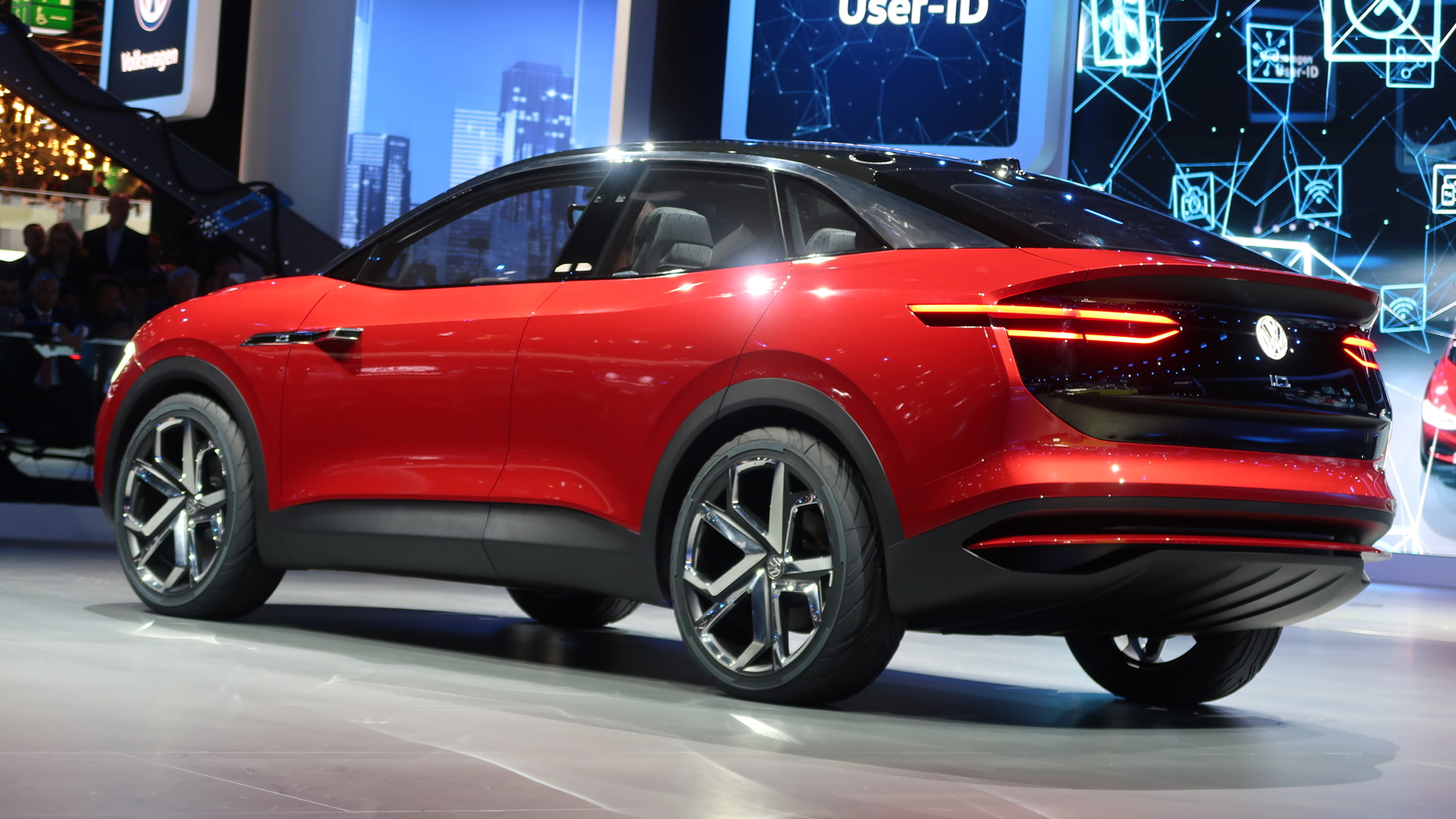
Expected to go on sale next year, the 2020 VW I.D. Crozz is a fully-electric compact crossover with rear-biased all-wheel drive that offers a 500 km driving range, according to the generally optimistic European NEDC tests. Performance should be brisk thanks to two electric motors generating a combined 302 hp. With a 150 kW DC fast charger, its battery can be recharged to 80 percent in just 30 minutes. Though compact, the I.D. Crozz has as much interior room as the VW Tiguan SUV. VW says a bicycle will fit crosswise through the rear sliding doors.
Plug-in Hybrids
2020 Audi Q5 TFSI e
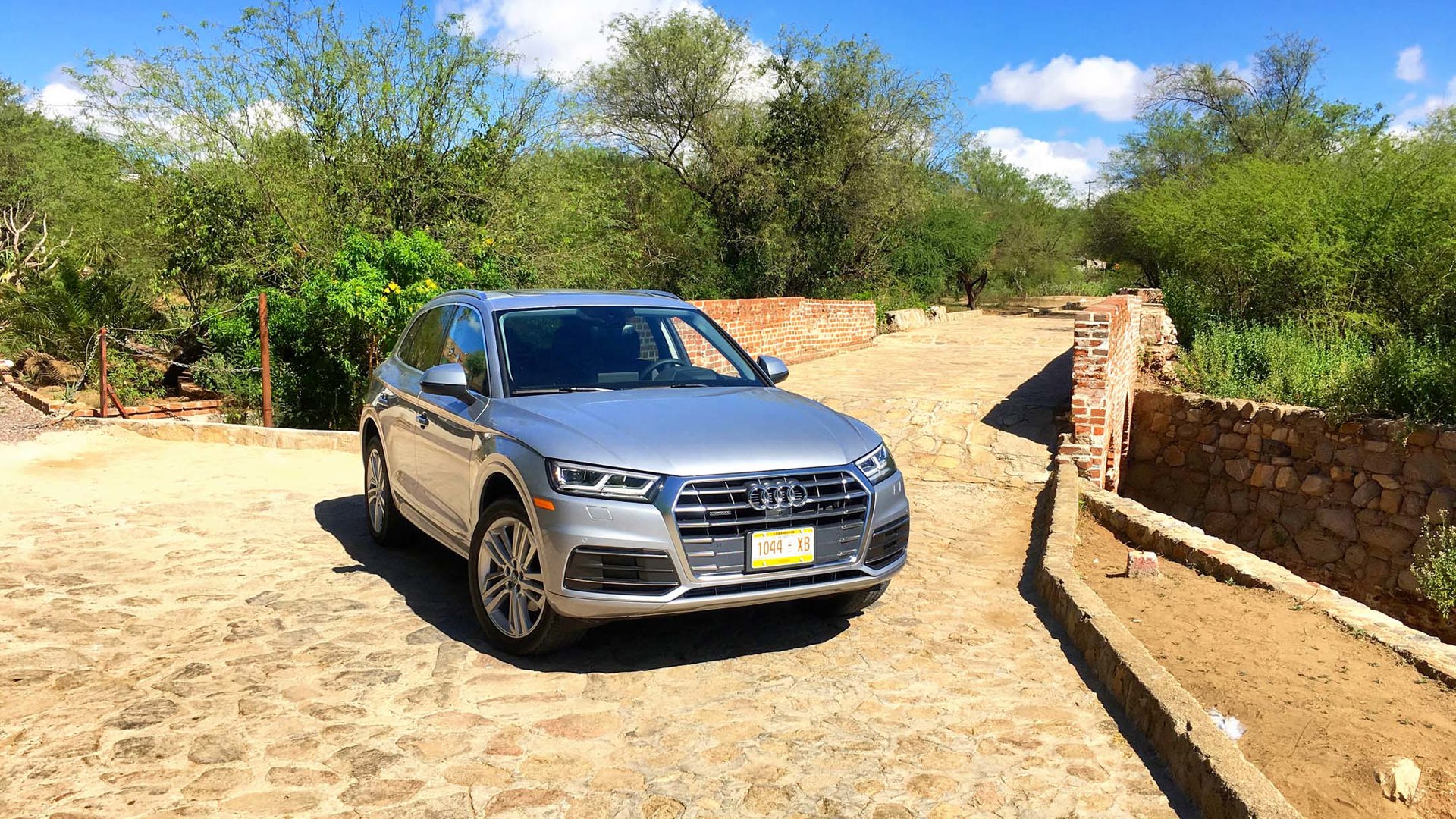
The new Q5 TFSI e plug-in hybrid is not in dealers yet, but Audi Canada is currently taking reservation deposits. It will be equipped with a 2.0-litre four-cylinder turbocharged gasoline engine and an electric motor integrated into its seven-speed automatic transmission. Under the trunk is a 14.1 kWh lithium-ion battery that can be fully recharged in about two hours. Driven in electric-only mode, the Q5 TFSI e can travel up to 40 kilometres before the gas engine kicks in, and when braking up to 80 kW of energy can be fed back into the battery through regeneration. A standard heat pump helps maintain a warm cabin on frosty mornings.
2020 BMW 745Le xDrive PHEV
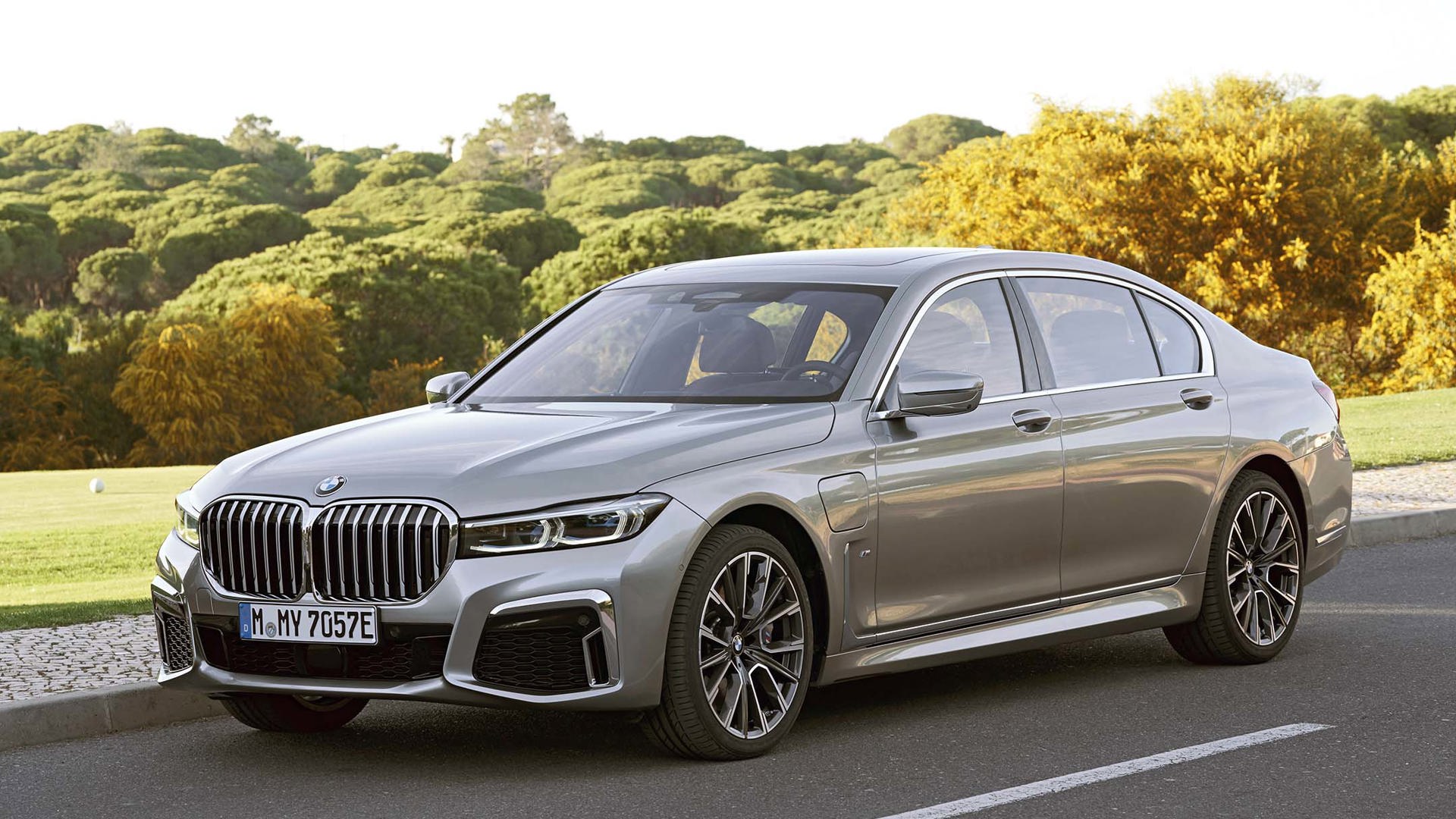
Arriving in BMW dealers as we speak, BMW’s newly redesigned, full-size plug-in hybrid luxury sedan combines a six-cylinder engine and an electric motor integrated into its eight-speed automatic transmission to produce up to 394 horsepower in Sport mode. That enables the long-wheelbase, all-wheel drive 745Le xDrive sedan to go from zero to 100 km/h in just 5.3 seconds. In electric-only mode, the 745Le PHEV can travel up to 54 kilometres without using a drop of gasoline at speeds of up to 140 km/h. Electric power consumption averages just 16.3 kWh/100 km. MSRP is $122,300.
2020 Ford Escape Plug-in Hybrid
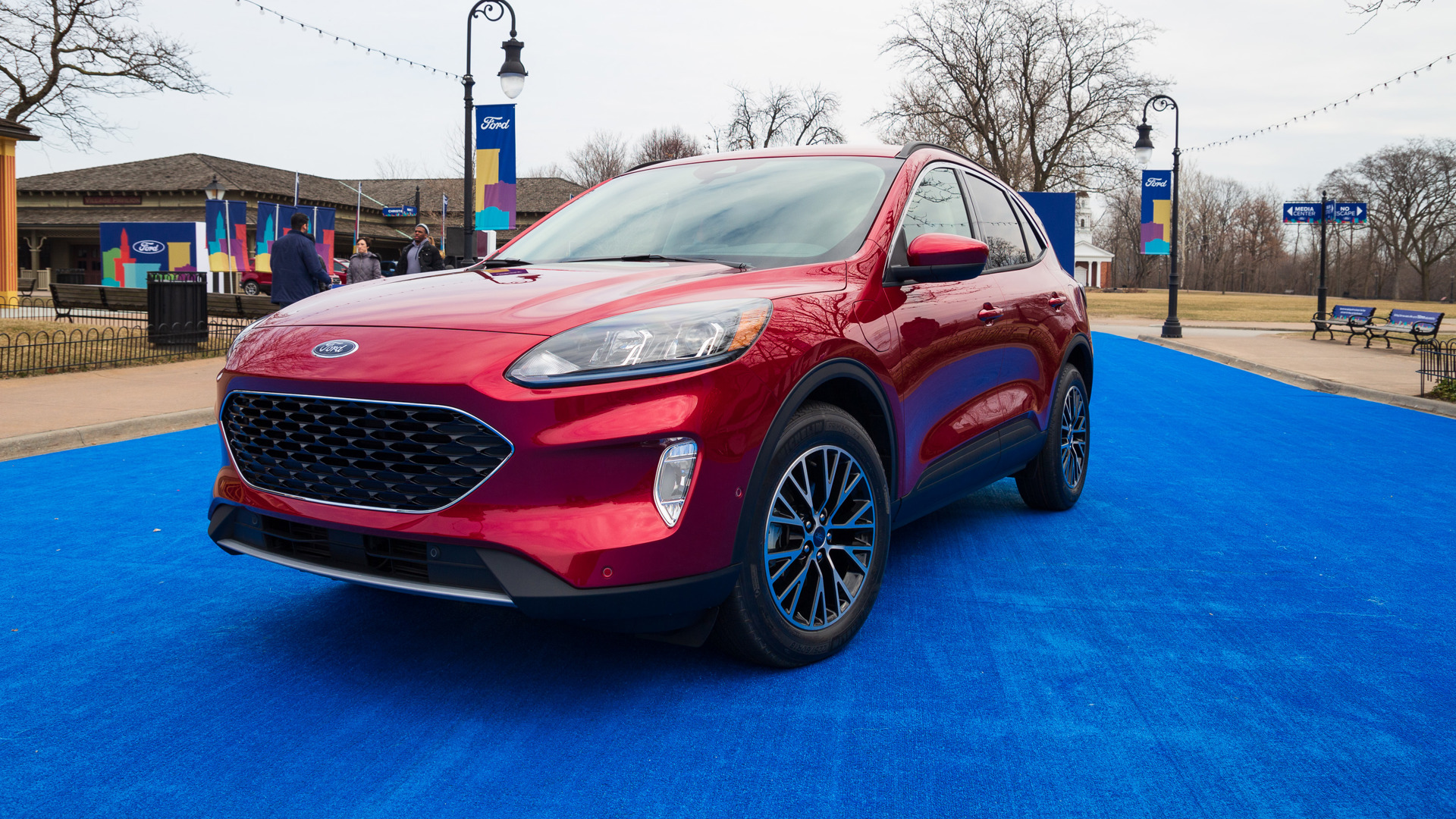
Both Hybrid and Plug-in Hybrid versions of the redesigned 2020 Ford Escape SUV will be on sale this fall. Longer, lower, and wider than the current Escape, the 2020 Escape PHEV offers 48 kilometres of pure-electric driving range and its 14.4 kWh battery can be recharged in 3.5 hours using a Level 2 charger. However, it doesn’t appear to offer DC fast-charging capability. The Escape PHEV features a unique “EV Charge” mode which allows drivers to run on gasoline only while charging the battery and conserving electric power for later. But while other Escapes offer a choice of FWD or AWD, the Escape PHEV comes with FWD only.
2020 Mercedes-Benz C 350e and E 350e
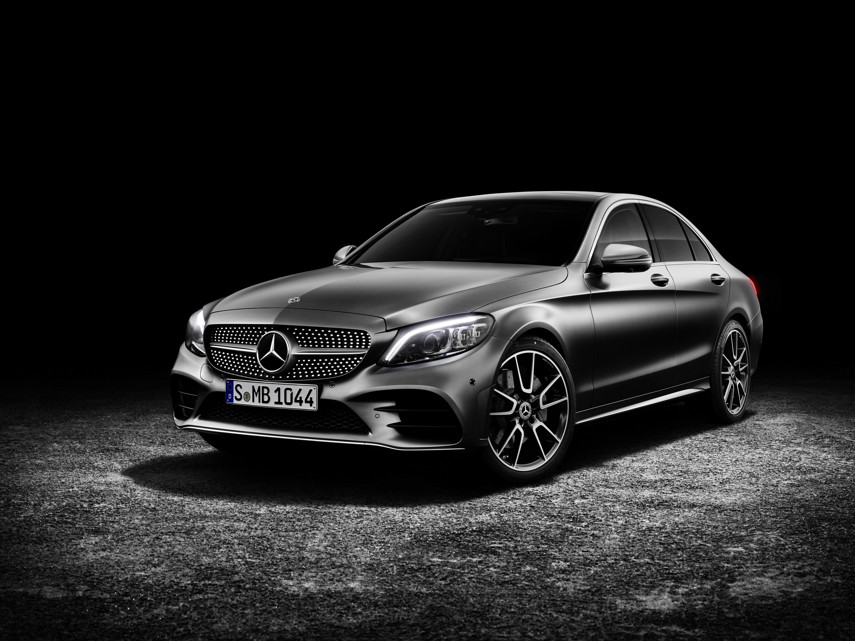
In addition to the current GLC 350e plug-in hybrid, Mercedes-Benz will offer plug-in versions of the 2020 C-Class and E-Class sedans, the C 350e and E 350e later this year. Featuring a turbocharged four-cylinder engine and 85 kW electric motor that put out a combined 315 horsepower, the C 350e and E 350e will also feature an “E-Boost” mode that temporarily raises torque output for quicker acceleration. Drivers can choose to run on electricity only; gas only, while preserving electric power for later; or gas only, while charging but not using the battery. When plugged in to a Level 2 charger, the lithium-ion battery can be fully recharged in less than 2.5 hours.
2020 Land Rover Range Rover PHEV
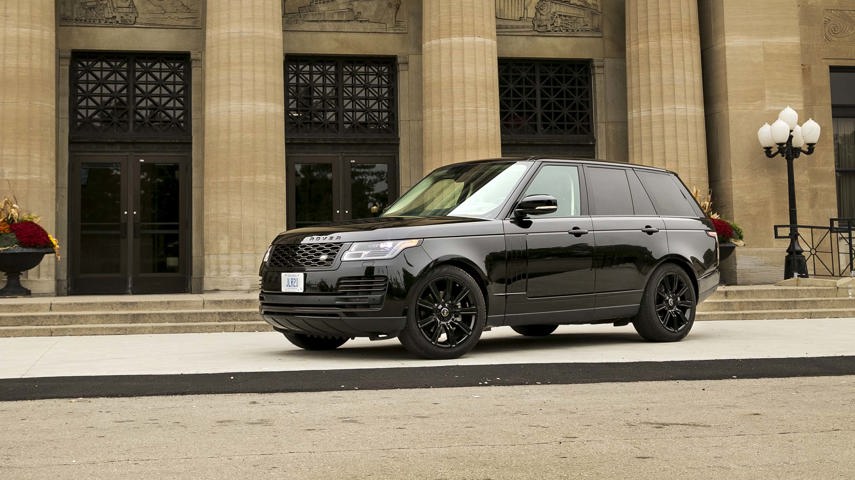
Arriving this summer, the full-size Range Rover PHEV marks a turning point in powertrain philosophy for these normally gas-guzzling luxury SUVs. Unlike other Range Rovers with thirsty V8 engines, the PHEV has a turbocharged 2.0-litre four-cylinder gas engine and 85 kW electric motor which offer a combined 2.8 L/100 km average fuel economy. And in electric-only mode, the Range Rover PHEV is capable of travelling 51 kilometres with zero emissions. Even so, performance doesn’t appear to be compromised. With a combined 398 horsepower, this 2,509 kg (5,511 lb) plug-in hybrid SUV can speed from zero to 100 km/h in a brisk 6.8 seconds. All the while, occupants are treated to the usual luxury and safety features that a big Rover provides, provided of course they have the $115,500 starting price, plus options.
2020 Land Rover Range Rover Sport P400e PHEV
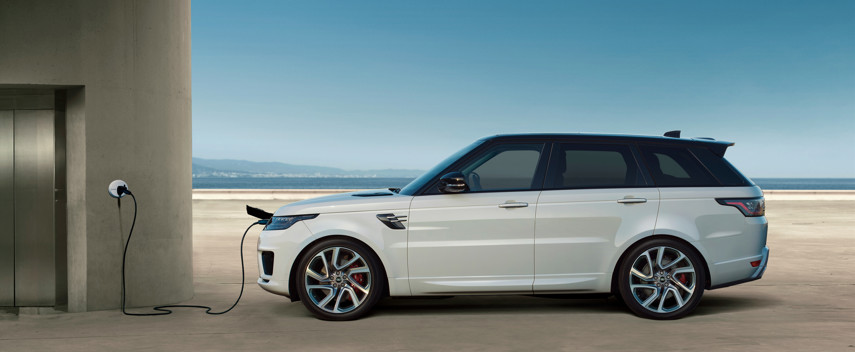
Also available in Land Rover dealerships this summer is the slightly smaller Range Rover Sport P400e PHEV. Equipped with the same hybrid powertrain – 2.0-litre four-cylinder engine, 85 kW electric motor – as the bigger Range Rover, the Range Rover Sport PHEV is a tad quicker from zero to 100 km/h at 6.7 seconds while offering the same 2.8 L/100 km average fuel economy and electric-only driving range of 51 kilometres. Land Rover claims the 2020 Range Rover Sport PHEV is “our quietest vehicle yet” providing a seamless transition between gasoline and electric modes. Owners can specify off-peak charging times to save on electricity bills and an available phone app enables pre-heating the cabin before getting in. The 2020 Range Rover Sport P400e PHEV starts at $93,000.
2020 Subaru Crosstrek PHEV
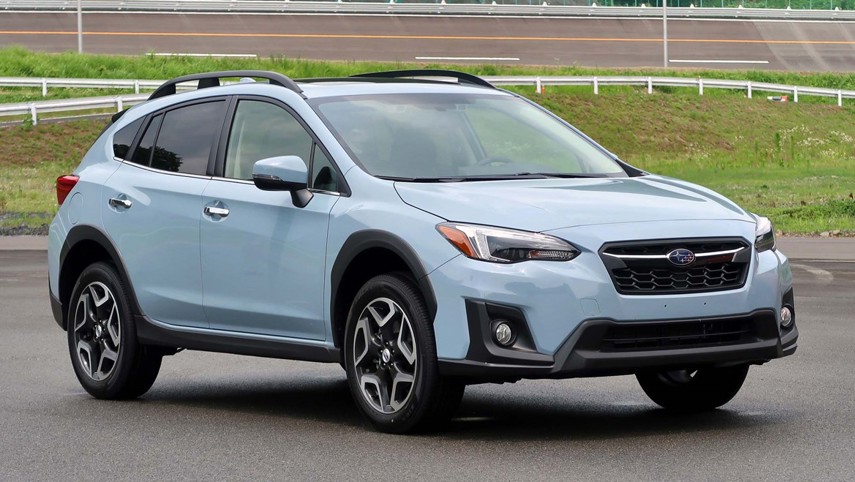
Set to go on sale in Canada before the end of this year, the new 2020 Crosstrek plug-in hybrid is based on the standard Crosstrek but is about 225 kg heavier. Under the hood lies Subaru’s flat four-cylinder engine mated to a CVT with two integral electric motors, a generator motor, and a drive motor. With an 8.8 kWh lithium-ion battery, the Crosstrek PHEV offers an electric-only driving range of about 25 km and can go as fast as 105 km/h on electric power alone. Total electric/gasoline driving range is about 770 kilometres, according to the company. With a 240-volt charger, the battery can be charged in about two hours; however, DC fast-charging is not offered.
2020 Volvo XC60 T8 Polestar PHEV
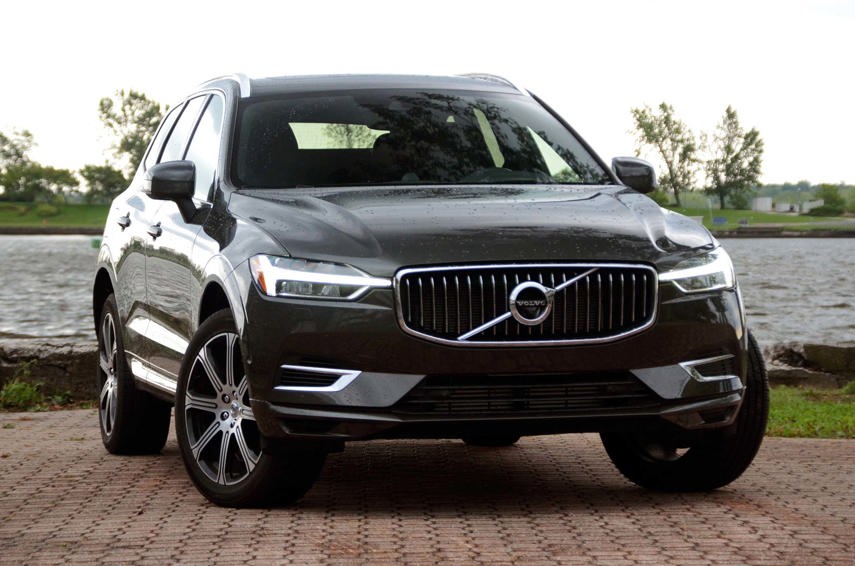
Available this summer, the new Polestar Engineered mid-size XC60 T8 plug-in hybrid joins the regular XC60 Plug-in Hybrid model in Volvo’s lineup. The 2020 XC60 T8 plug-in hybrid is equipped with a more powerful version of Volvo’s T8 twin-engine plug-in hybrid powertrain, which features Volvo’s unique supercharged and turbocharged engine and electric motor. The gas/electric powertrain now produces a combined 415 horsepower and 494 lb-ft of torque up from 400 hp and 472 lb-ft. The Polestar engineered XC60 T8 PHEV is also equipped with a tuned suspension, better brakes, and sportier styling. It can run in hybrid gas/electric mode, or on electric power alone at speeds up to 125 km/h.
2020 Volvo V60 T8 Polestar PHEV
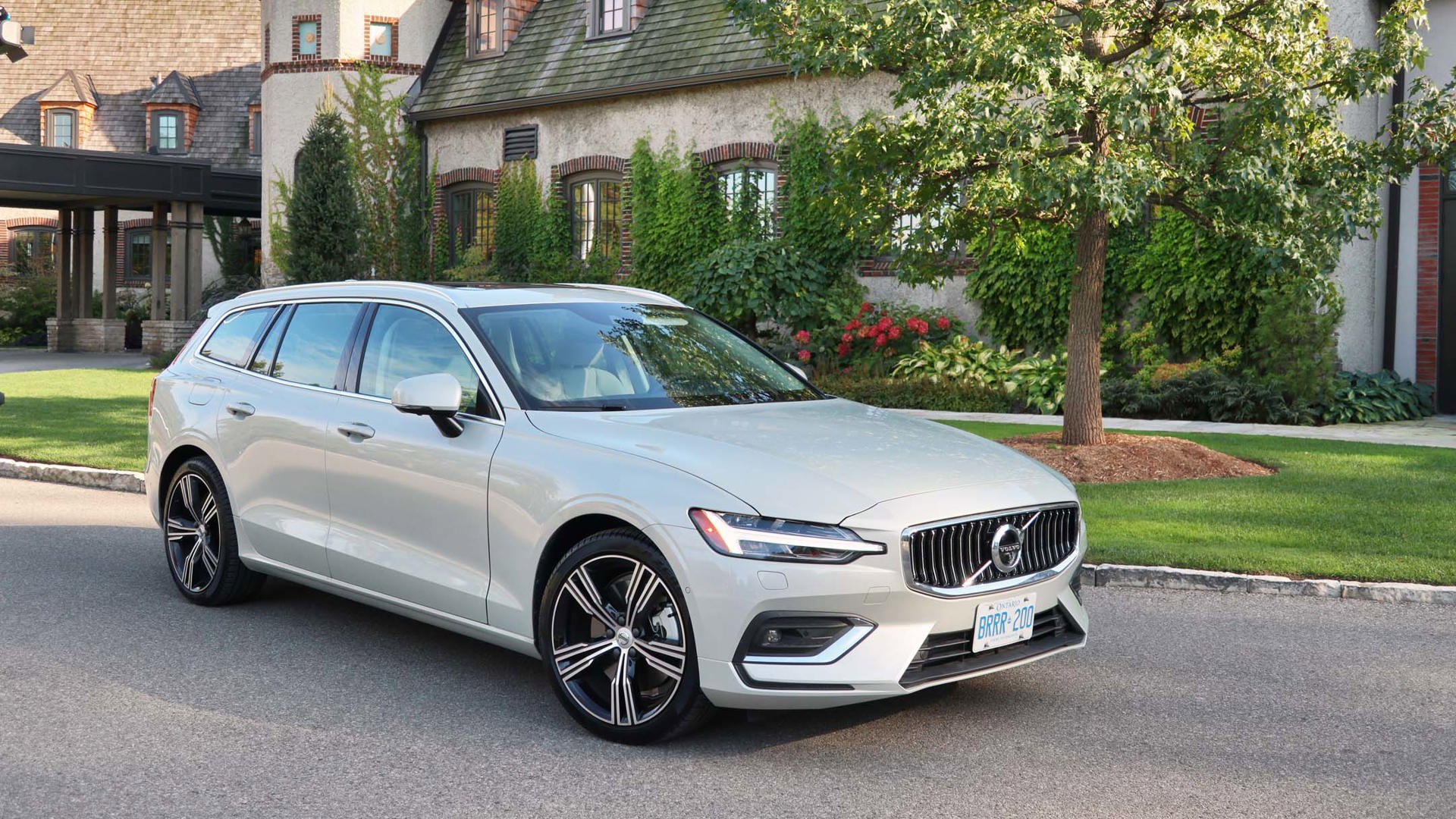
The new Polestar-engineered V60 T8 PHEV wagon has a powertrain similar to the XC60 PHEV – a supercharged and turbocharged engine and electric motor – that delivers a combined 415 horsepower and 494 lb-ft of torque. With styling and engineering improvements by Volvo’s Polestar performance division, the V60 T8 PHEV combines sportier looks and improved performance with better fuel economy along with the ability to run on electric power alone for short distances. Pricing to be announced.
